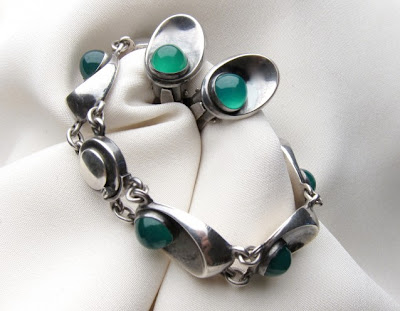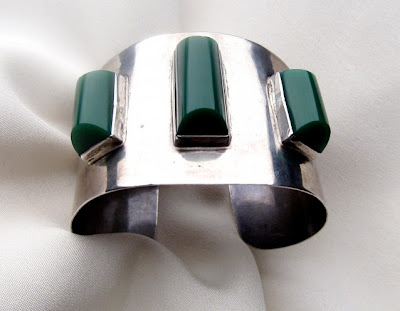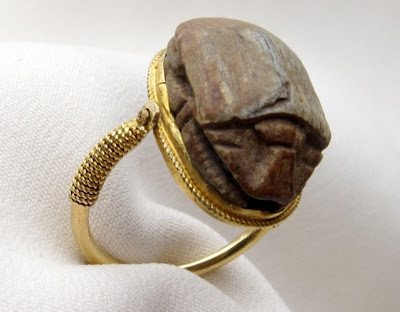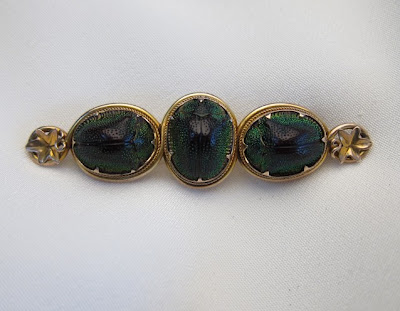In my other life, I direct plays for the theatre and the show I just directed is entitled “The One That Got Away”. It is about the man or woman in our life that we broke up with or parted with but are never able to let go of in our heart of hearts.
This may make me odd but I have many more “The One That Got Away” moments with pieces of jewelry than with people. Maybe I am more decisive when it comes to jewelry or maybe I have a stronger affinity for jewelry than people but whatever the reason I have a little photo book of “The Jewelry That Got Away” in my head (and saved on my hard drive.)
And it is not just I; I hear it from our clients all the time. They wax poetical about the piece of jewelry they let slip through their fingers because like with most antiques once it is sold it is gone. There is no back stock of ring item xxy so there is almost never a second chance once a piece is sold. And while you might find something similar you will never find something exactly the same, kind of like with people.
Is the fact that I equate jewelry with people scary? I just feel really really passionately about jewelry.
This fact came home to me the other day when I walked into the store to see my co-worker Mandy with a sad look on her face and a bottle of diet coke proffered in one hand. I knew something I really really loved had sold. We save treats only for when our very favorite pieces have sold and then we comfort each other with chocolate, diet coke and memories of said pieces of jewelry.
My favorite Victorian silver chicken foot brooch with two lemony yellow citrine stones had sold and I thought to myself why hadn’t I purchased it. It was among the pieces that got away that I actually could have afforded but I was being so called practical.
And I ask myself, when do we go with practicality and when do we go with impulse.
This is not an art I have yet mastered.
My grandmother was excellent at it. In general she would way each decision carefully. It might take her three months to buy a trench coat but then once in awhile she would just know. She bought her favorite ring, a beautiful diamond band sparkling with thirteen marquise shaped diamonds in a spray across the top of her hand in less than an hour. She saw it in the window, walked into the store, conversed with the sales person, looked at the paperwork and purchased it. She bought it in the 1970’s. She wore it for forty years before passing it on to me. And I am wearing it as I write this blog entry right now. She just knew.
Where does that art come from?
I have three major items that I let get away and I still think about them.
1. A beautiful Art Deco Emerald Ring with a perfectly imperfect emerald a minty green color with beautiful inclusions.
2. An Edwardian mourning medallion with the repousse figures of mother and child.
3. A Victorian citrine chicken foot brooch considered good luck in Italy.
And I ponder, how will I know next time, when it is a piece, that could potentially become another “The One That Got Away”.
-Miko Premo









